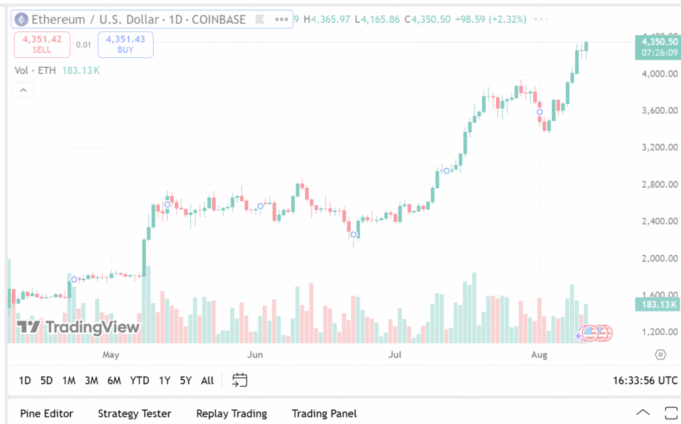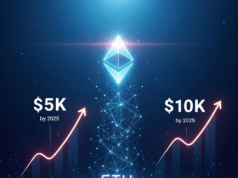Ethereum gas fees, once a major obstacle for DeFi users, have experienced a period of relative stability in late 2025. However, this tranquility is deceptive, as volatility remains a latent threat, capable of resurfacing and impacting transaction costs. The critical question is not whether volatility will return, but when, and how to proactively prepare for it.
The Dencun upgrade in March 2024 marked a significant turning point, leading to a substantial 95% reduction in average gas fees. Simple swaps, which previously cost upwards of $86, now average around $0.39. In November 2025, the mainnet gas price even approached a record low of 0.067 gwei. The key question is whether this represents a permanent shift or a temporary respite.
As of October 2025, the average Ethereum base-fee environment is approximately 2.7 gwei. The mainnet gas limit increased to 37.3 million in July 2025, reducing congestion. Layer-2 networks are processing over 1.9 million transactions daily. These factors contribute to a more streamlined and cost-effective Ethereum experience.
Key statistics include: a record low of 0.067 gwei in November 2025, an average swap cost of $0.39 after the Dencun upgrade, a mainnet gas limit of 37.3 million, and over 1.9 million daily transactions on L2 networks.
Despite these improvements, Ethereum’s average transaction fees remain in the $0.38-$0.44 range, while Solana’s fees are significantly lower at $0.00025. This difference highlights the continued need for Ethereum to optimize its transaction costs further.
Network congestion is a primary driver of gas fee fluctuations, potentially increasing base fees by 200% during peak hours. Complex smart contracts can consume up to five times more gas than simple ETH transfers. MEV (Miner Extractable Value) also contributes to volatility, with gas wars capable of increasing fees by 10-20x.
NFT launches are a common trigger for gas fee spikes, with some transactions historically reaching extremely high costs. Geographic user demand cycles, with peaks in Asia and the US, also contribute to predictable fee variations. This intricate interplay of factors requires constant monitoring.
Layer-2 networks play a crucial role in mitigating mainnet congestion and lowering costs. While typical L2 transaction fees remain below $0.01, compared to mainnet spikes of $5-$50, L2s are also vulnerable to their own congestion-related volatility. As more activity migrates to L2, these networks will inevitably experience increased pressure, potentially leading to higher and less predictable fees.
Layer-2 solutions processed over 1.9 million daily transactions in 2025, easing mainnet congestion but also creating new volatility driven by demand trading events and MEV opportunities within the L2 ecosystem.
Ethereum price fluctuations significantly impact gas fees. Historically, ETH price increases have triggered increased transaction activity, driving up fees. Conversely, downturns tend to reduce activity and lower fees. However, in 2025, average gas fee levels remained relatively low despite ETH’s price swings, suggesting that scalability improvements are beginning to decouple price from transaction costs.
Major price events can still trigger increased on-chain activity, including transfers and staking, leading to higher fees and increased volatility. Stablecoin and bridge activity tied to ETH price movements can also impact block-space competition and, consequently, fee levels.
Regulatory uncertainty remains a significant challenge for the blockchain industry and influences gas fee volatility. Institutional demand growth associated with clearer regulations could drive 15-30% higher fee volatility. Conversely, regulatory crackdowns could lead to a flight to safety, reducing on-chain activity and suppressing fees.
As the regulatory environment continues to evolve, its impact on gas fees will become increasingly important. Staying informed and adapting to these changes will be crucial for navigating the cost environment effectively.
Looking ahead, average Ethereum fees are predicted to remain relatively low for normal transfers, likely staying below $1. However, fee spikes during major events or DeFi surges could still reach $10 or more. As Layer-2 adoption continues to grow, increased fee volatility on these networks is expected.
In conclusion, while the Ethereum gas fee situation has improved significantly, volatility remains a persistent challenge. By understanding the key drivers of fee fluctuations and staying informed about technological advancements and regulatory developments, users, developers, and enterprises can navigate this complex environment more confidently and minimize the impact of unexpected cost increases.





